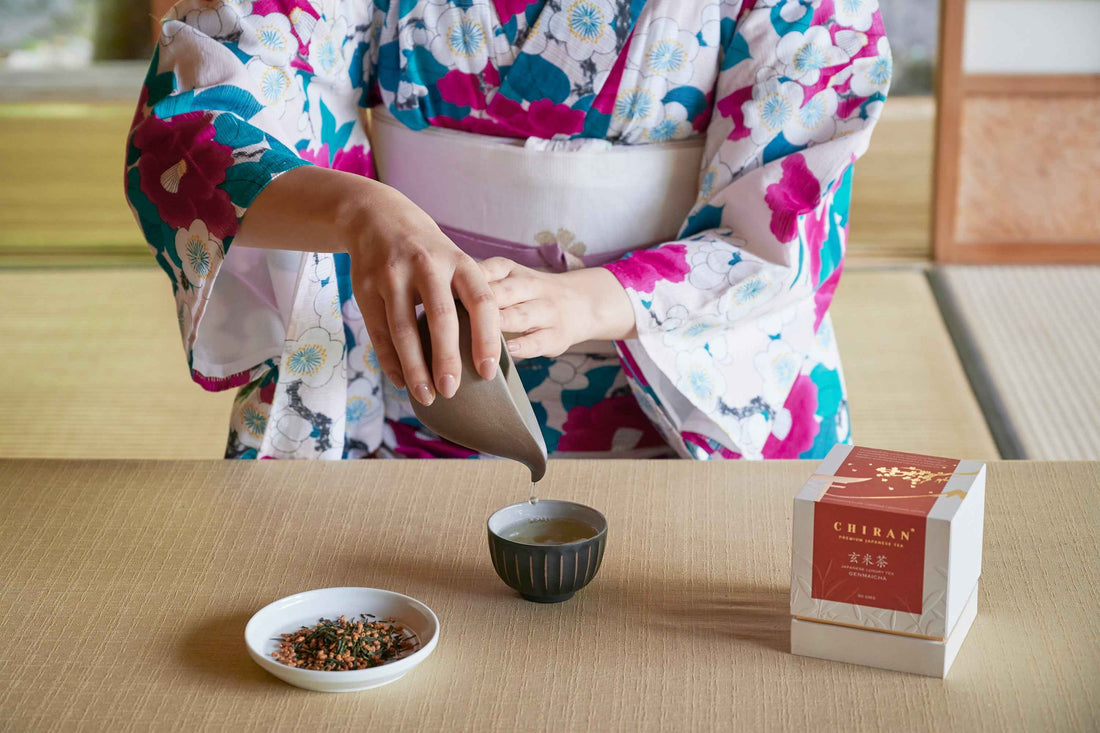Growing Popularity of Japanese Tea Amid India's Chai Culture
In recent years, Japanese tea has begun to carve out a niche in India, a country that has long been synonymous with chai. The fascination with Japanese tea among Indian consumers is growing rapidly, as they are increasingly exploring diverse tea cultures around the world. From matcha to sencha, the intricate flavors of Japanese tea are being embraced by tea lovers across the country.
One of the main reasons for the rising interest in Japanese tea is its health benefits. Rich in antioxidants, Japanese green tea, specifically, has been linked to numerous health advantages, including boosting metabolism and improving brain function. Indian consumers, becoming more health-conscious, are increasingly drawn to these benefits, which position Japanese tea as an appealing alternative to traditional chai.
The unique preparation methods of Japanese tea also entice tea enthusiasts. The ritualistic process of whisking matcha into a frothy beverage and the delicate steeping of sencha highlight the artistry involved. Understanding this tradition adds depth to the experience of drinking tea beyond just consumption, resonating with those who appreciate culinary artistry and mindfulness.
Moreover, Japanese tea's aesthetic appeal cannot be overlooked. The vibrant green color of matcha and the delicate leaves of other Japanese teas provide a visual allure that complements their exquisite taste. As social media platforms continue to influence food and beverage trends, the visually pleasing presentation of Japanese tea has garnered attention, encouraging more individuals to try it.
Tea cafes specializing in Japanese tea are emerging in urban areas, providing a place for enthusiasts to gather and learn more about the culture surrounding this beverage. Workshops and tasting events are increasingly popular, offering consumers the chance to explore the various types of Japanese tea and understand their origins. This hands-on approach to learning fosters a stronger connection to the beverage and helps to solidify its place in India's diverse tea landscape.
The fusion of Japanese tea with Indian flavors is also gaining momentum. Innovative recipes that combine matcha with traditional Indian sweets or chai blends that incorporate Japanese elements are gaining popularity. This cross-cultural exchange not only introduces Japanese tea to a broader audience but also makes it relevant within the context of Indian culinary practices.
Furthermore, the sustainability aspect of Japanese tea production is attracting environmentally conscious consumers. Many Japanese tea producers emphasize organic farming and environmentally friendly practices, which resonate with the growing segment of the Indian market that prioritizes sustainability in their purchasing decisions.
As the interest in Japanese tea continues to expand, it's crucial for consumers and producers alike to understand the nuances of this beverage. Education around its preparation, historical significance, and health benefits can enhance appreciation and enjoyment. As India's chai nation welcomes this new trend, it will be exciting to see how Japanese tea adapts and integrates into the rich tapestry of Indian tea culture.
In conclusion, the growing trends of Japanese tea within India's chai nation signify a broader acceptance of diverse cultures and flavors. The unique qualities of Japanese tea, combined with India's love for beverages, hold a promising future for this cross-cultural exchange. As both tea drinking and social habits evolve, Japanese tea will undoubtedly find its rightful place alongside traditional Indian chai, enriching the tea experience for consumers across the nation.


4216 comments
teen porno
такчто чставлю 100/100баллов магазу и https://power-buy.ru Ребята, магаз ровный и немелочный, берите смело
Система промокодов при регистрации даёт возможность новым игрокам получать бонусы к первому депозиту; мы описываем, как без ошибок заполнить регистрационную форму и где указать данные, а в середине примера даём ссылку на https://sushikim.ru/image/pgs/1xbet-besplatnuy-promokod-pri-registracii.html для удобства. Обратите внимание, что бонусные условия могут отличаться в зависимости от региона.
Ищете Ищете магазин швейных машин? Посетите сайт shveichel.ru – это крупнейший магазин швейных машин. В каталоге доступны бытовая и промышленная швейная техника, вязальные машины, ScanNCut плоттеры, гладильные доски и прессы, фурнитура, ткани, нитки и многое другое для рукоделия. Также доступны услуги сервисного центра: диагностика, ремонт с разборкой, замена комплектующих и профессиональная настройка швейных машин.
Вроде бы все равно https://oaoikma.ru 203 живик – отпадного качества. Растворился на раз. 1к 15 получился норм микс)